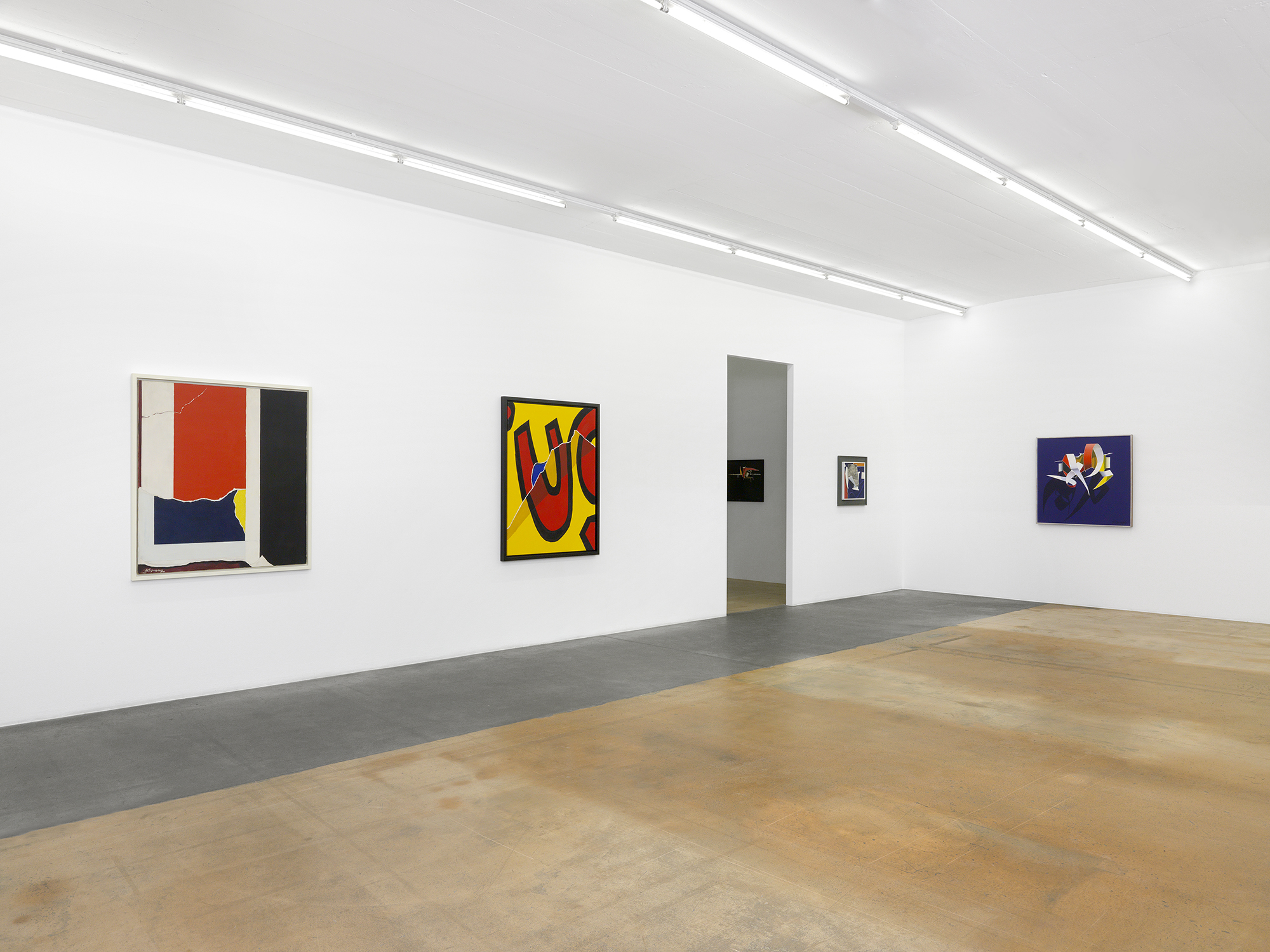Burhan Doğançay (b. Istanbul 1929; d. 2013) was taught by his father Adil Doğançay and Arif Kaptan, both celebrated Turkish painters. He also studied law in the Turkish capital Ankara, and economics and art in Paris (the latter at the Académie de la Grande Chaumière). He returned to Turkey in the mid-1950s and held regular exhibitions of his work.
In the early 1960s, as a diplomat in New York, he was strolling along Eighty-Sixth Street and came upon what he described as “the most beautiful abstract painting I had ever seen.” The work in question was a wall bearing the remains of a poster, and a constellation of fragmentary motifs. One year later, reeling from the aesthetic aftershock, he abandoned his diplomatic career and devoted himself to art.
Burhan Doğançay developed a multiform œuvre—painting, sculpture, photography and graphics—in which the series General Urban Walls (1963–2013) played a central role. The paintings reproduce the texture of urban walls, celebrating their power to evoke a sense and memory of place.
Detour (1966)—displayed at MAMCO with six other works by Burhan Doğançay—is one of the first works in an ensemble of images that form a sub-group within the vast corpus of General Urban Walls. Strips of canvas covered in paint are stuck onto a wooden panel, creating a highly tactile surface: a wall on which signs and inscriptions can be seen.
Inevitably, these vestigial fragments of quintessentially urban fabric recall the work of the Nouveaux Réalistes. But they convey a vision, too, of the city as an ensemble of visible, legible signs, derived from the written word, drawing, abstraction, and “figuration.”
- The exhibition has been made possible thanks to Benjamin Kaufmann
